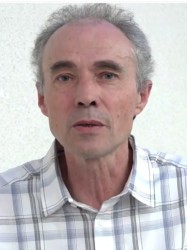BibTex format
@article{Swiatlowska:2020:10.1039/d0nr02474k,
author = {Swiatlowska, P and Sanchez-Alonso, JL and Mansfield, C and Scaini, D and Korchev, Y and Novak, P and Gorelik, J},
doi = {10.1039/d0nr02474k},
journal = {Nanoscale},
pages = {16315--16329},
title = {Short-term angiotensin II treatment regulates cardiac nanomechanics via microtubule modifications.},
url = {http://dx.doi.org/10.1039/d0nr02474k},
volume = {12},
year = {2020}
}

